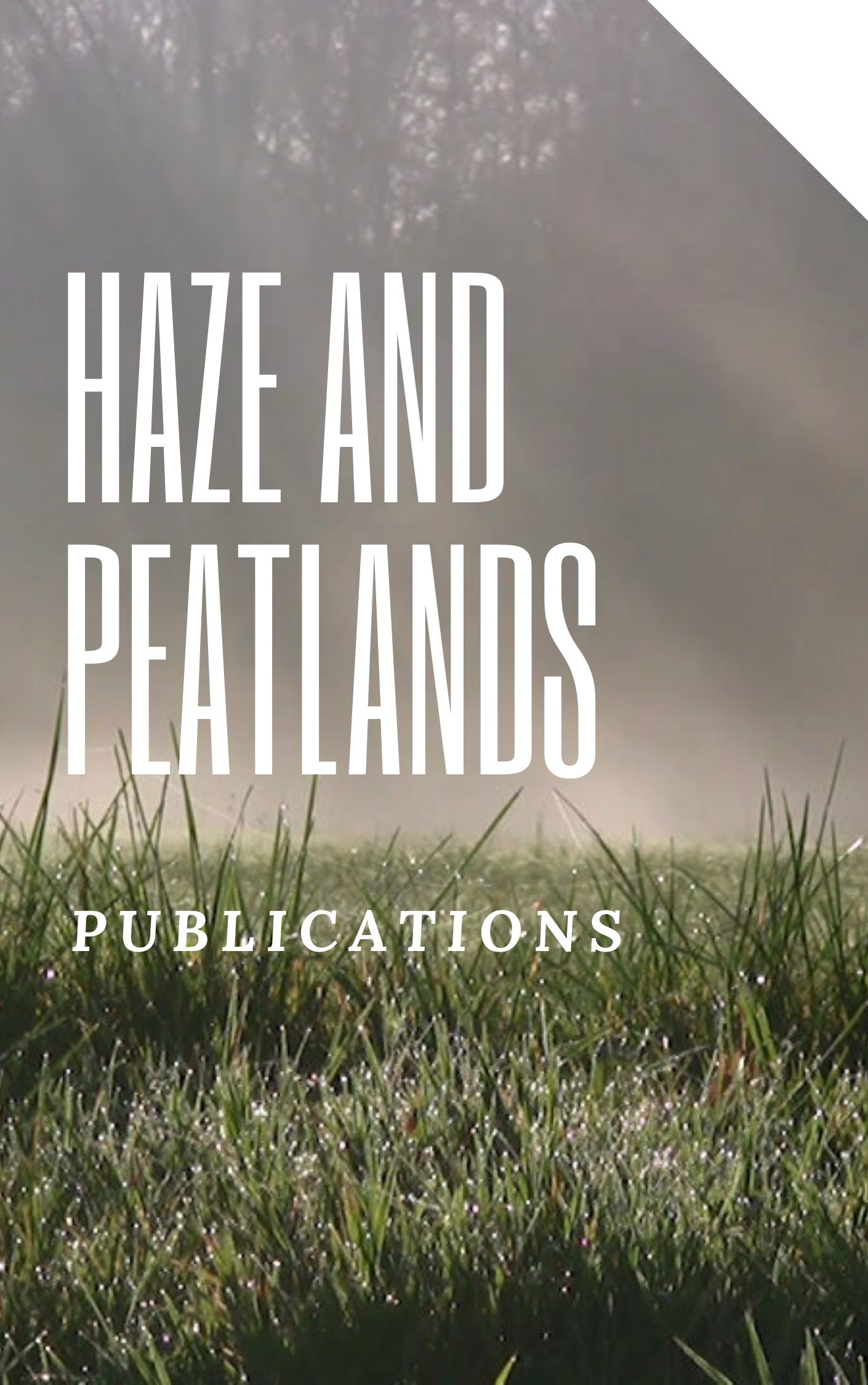Malaysia and Indonesia, located in the Southeast Asia region, have experienced severe pollution due to haze especially during drought seasons ever since 1980. Among the causes of this series of hazes affecting the region is mostly the industrial scale illegal of slash and burn practices, principally practised in Sumatera and Kalimantan. The main objective of this study is to investigate the carbon monoxide (CO) distribution over Malaysia and Indonesia, within the period from January 1980 to December 2018. This study utilizes MERRA-2 dataset provided by GIOVANNI interface. The monthly CO concentrations fluctuates highly, with the highest measurement observed during the drought season (June to October), meanwhile, the lowest observed are within the rainy season (November to March). The result of this study also shows that Kuala Lumpur, Riau, Palembang and West Kalimantan are the worst affected by CO pollution, especially during forest fires. During normal conditions, the CO value is below 200 parts per billion volume (ppbv). However, the CO concentration peaked as high as 15,208 ppbv during forest fire over Palembang in October 1997. The increment of CO concentration over this area is mostly due to the fire forests that commonly occurs during the drought season.
View source

